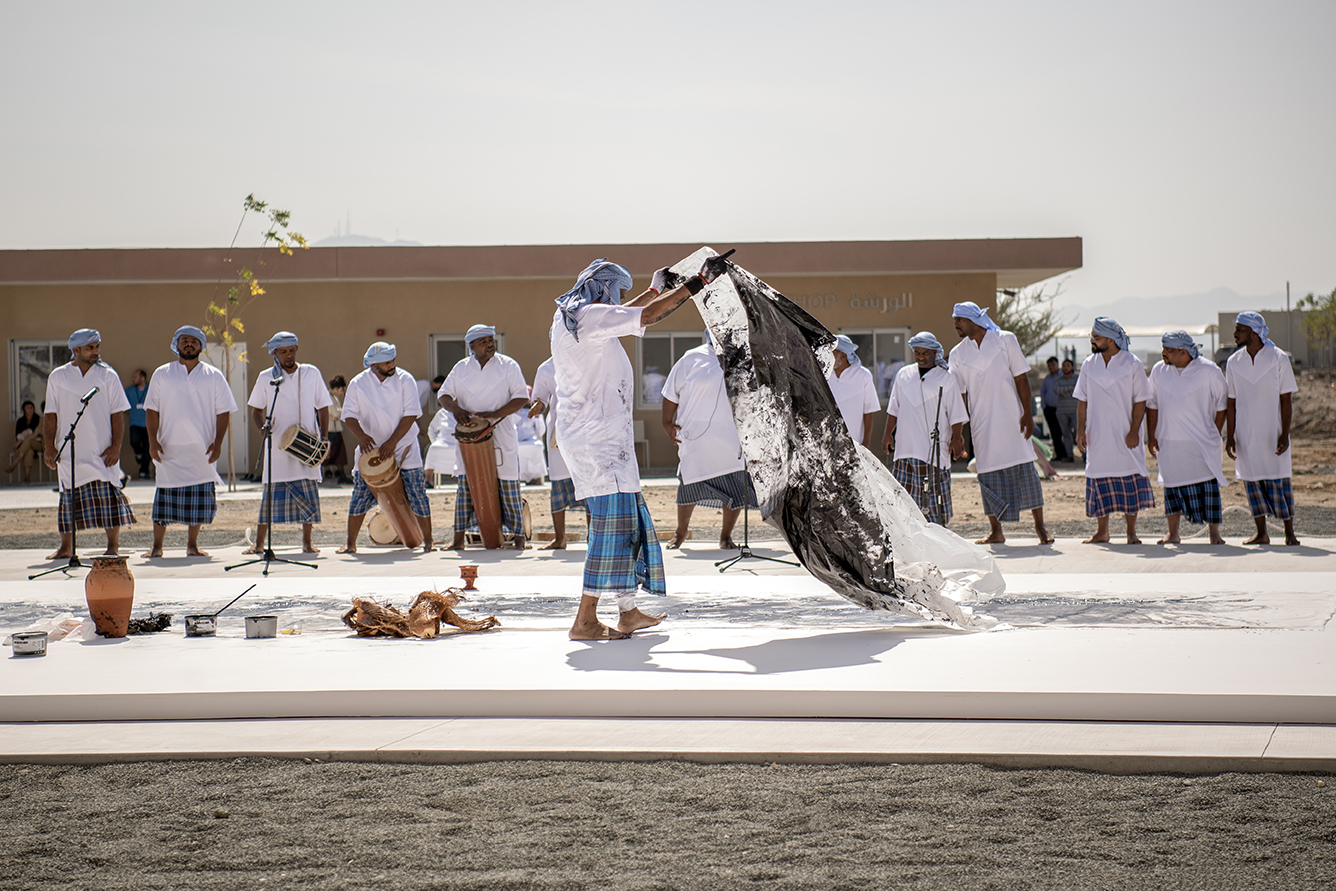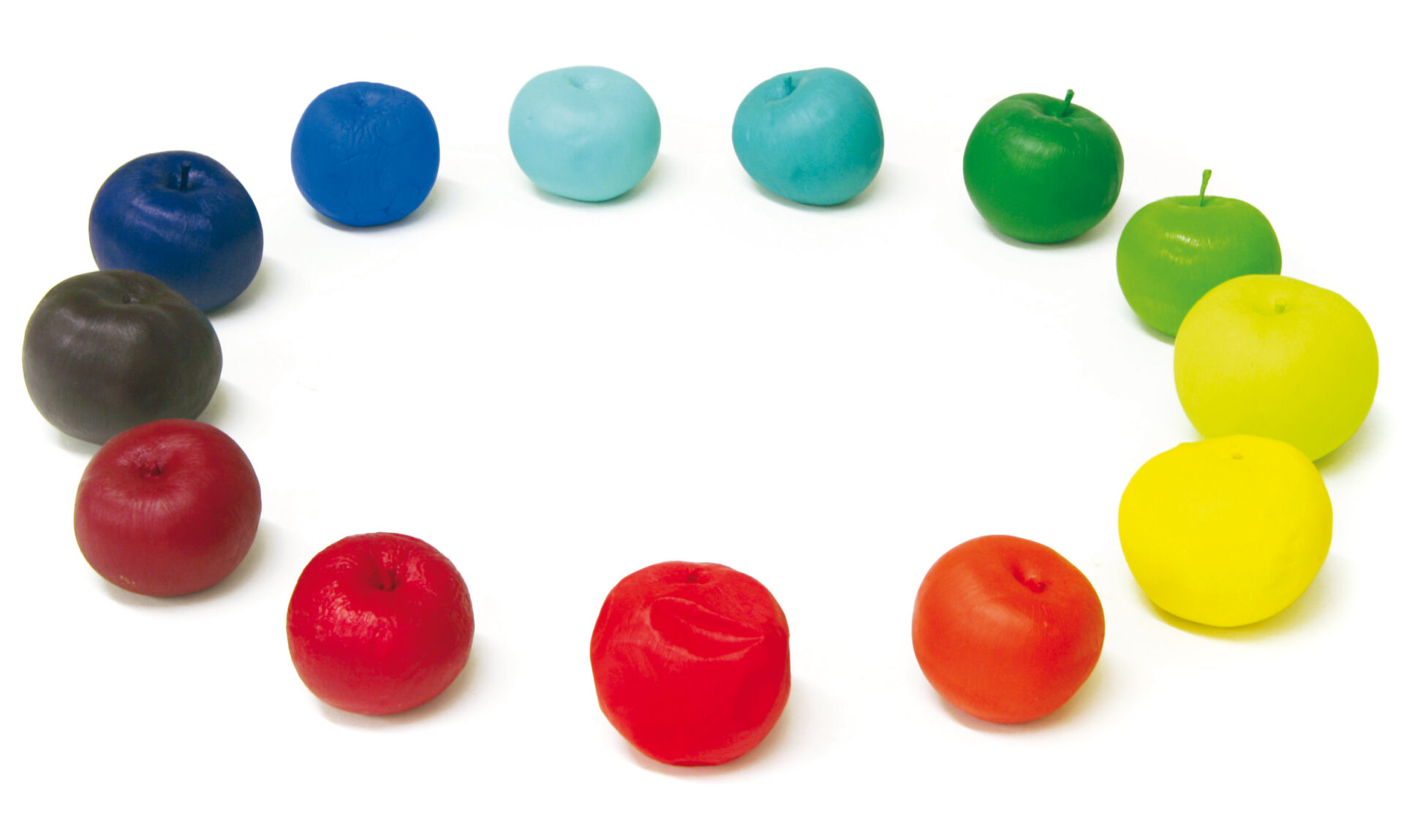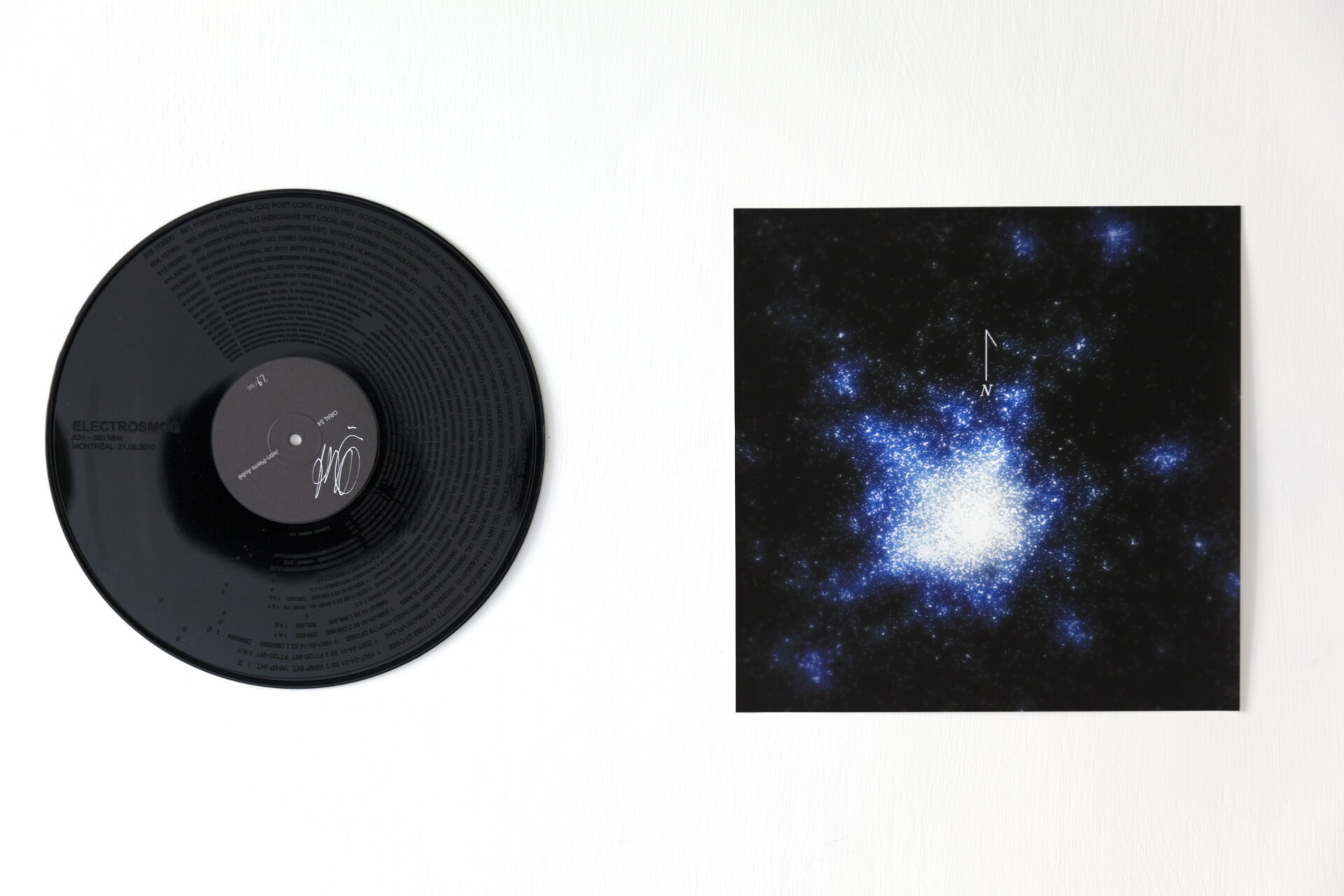Thinking Historically in the Present
7 February to 11 June 2023

Photo: Motaz Mawid, courtesy of Sharjah Art Foundation
7 February to 11 June 2023
Celebrating thirty years since its inception, the 15th Sharjah Biennial, titled Thinking Historically in the Present, is the biggest edition to date. Oscillating smartly between the legacy of legendary Nigerian curator Okwui Enwezor and present-day realities of the United Arab Emirates, the impressive exhibition, curated by the director of the Sharjah Art Foundation, Hoor Al Qasimi, reflects on the impact of documenta 11, curated by Enwezor, which profoundly destabilized the Western art canon in 2002. But the past two decades have not gone by untrammeled: many of the biennial’s artists came of age in those twenty years—a time of immeasurable changes in the UAE and the world.
The exhibition showcases a new generation of artists whose experiences of hardship and migration are informed by the stories, lives and bodies of their parents and the changing world around them—in particular, artists in the Global South who were subjected by the West to profound limitations on their movement and autonomy. I first found a portal into the exhibition through the conjoined works of the Indian photojournalist Pablo Bartholomew and his father, the art critic Richard Bartholomew: presented side by side, their respective photographs document diasporic life in post-Partition New Delhi, but they also showcase the different realities of the two practitioners, who, despite their shared ancestry, have come to experience separation and longing in different ways. In a highly anticipated performance, Rachid Hedli and his dance troupe Compagnie Niya articulate another such moment; incorporating hybrid gestures that reference the socio-political realities of the North African diaspora in France, Hedli’s Gueules Noires (Black Faces) (2016) is performed by dancers who, like him, are sons of coal miners who migrated to France in search of a better life.
Create your free profile or log in now to read the full text!
My Account


